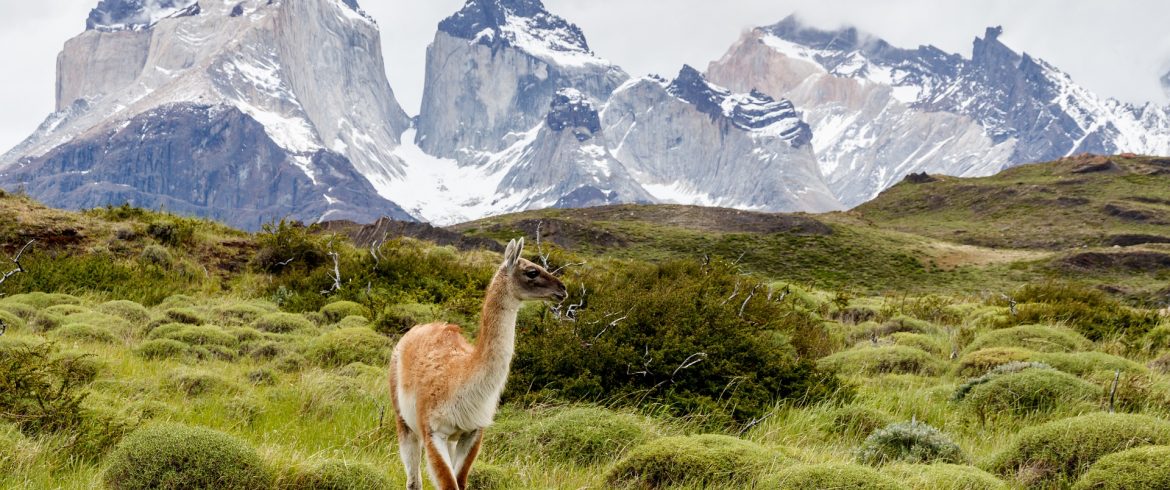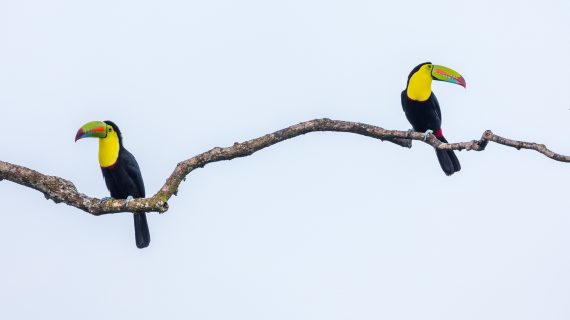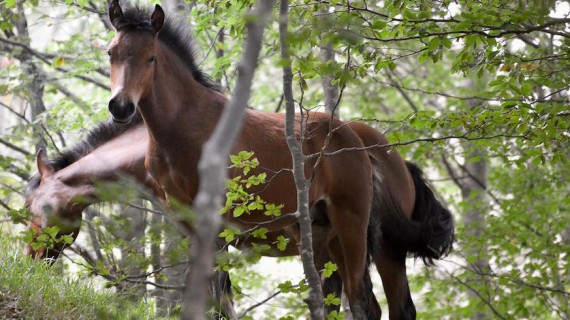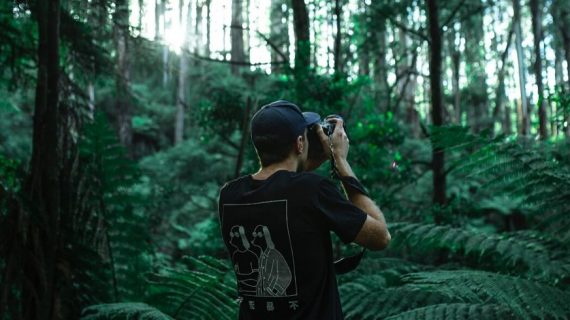South America is teeming with wildlife that is rich and diversified, occupying a wide range of habitats. Some of these animals are endemic and are not found anywhere else in the world. Most of the wildlife can be spotted in national parks or the wild while traveling independently. For travelers visiting the region, there are many options to experience the unforgettable memory of your journey. For instance, the Galapagos Hotel Based Tour is typically convenient and allows visitors to choose their accommodation from a wide range of budgets, varying from midrange to first-class and luxury hotels.
The Galapagos Giant Tortoise
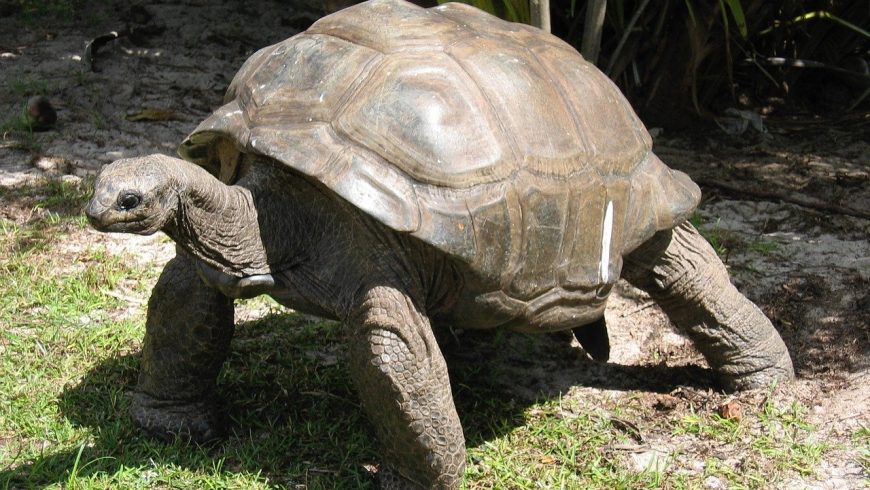
If you’re visiting the Galápagos island, most likely, you’ll come across the giant tortoise. They are the longest-living vertebrates in the world. A hatchling that was hatched when Charles Darwin visited the island in 1835, could still be alive on the island, and you’re likely to come across one of this old-timer. They live up to 100 years on average, and the oldest recorded lived for 152 years. Some of the specimens grow to about five feet long and could weigh as much as 550 pounds. There are about ten types of these giant tortoises in Galapagos, a drop from 15 when Darwin arrived on the island. It is estimated that between the 17th and 19th centuries, more than 100,000 tortoises were wiped off the island by whalers, pirates, and merchants. Non-native species are posing a threat to their food supply and their eggs. The name of the island was named after the tortoise by the Spanish in the 16th century.
Red-footed booby
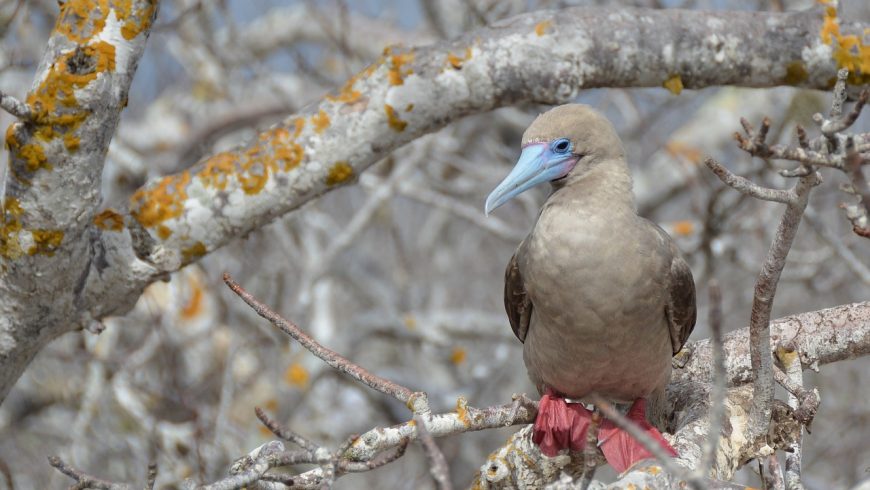
The red-footed booby birds have a distinctive red color on their feet that gives them their name. They are common in several regions in South America. The Nazca boobies are the largest of all booby species. The red-footed boobies have light blue beaks, and their plumage varies substantially. These birds are strong fliers and can travel for 93 miles while searching for food. They also have long bills, closeable nostrils, long wings, aerodynamic, and lean bodies that are suitable for diving. These attributes enable them to plunge into the water and capture fish. At night, these birds can dive and capture squids that are visible due to their phosphorescence. The world’s largest colonies of red-footed boobies are found in Genovesa Island. If you’re a bird watcher enthusiast, you can ensure the island is on your itinerary.
The Guanaco
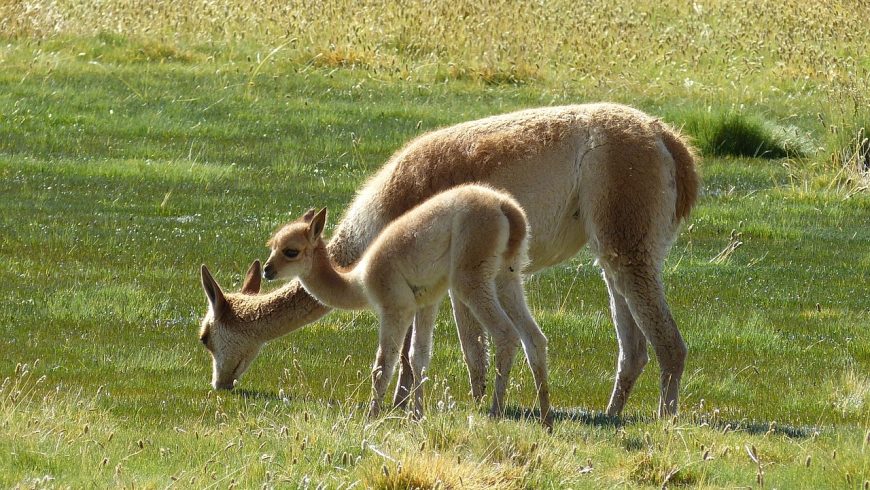
Guanacos are among the largest wild species of mammals found in South America. They inhabit mountainous, scrublands, and steppes, particularly in Chile, Bolivia, Peru and Patagonia area of Argentina. Small populations are also found in Paraguay. Guanacos belong to the camel family. The Guanacos, together with Llamas, Alpacas, and Vicunas, all belong to sub-family of lamoids. These unique animals have slender bodies and lack the camel hump. Whenever they are annoyed, they often spit. All the lamoids can interbreed, and they produce fertile offspring. An adult guanaco stands at about 43 inches at the shoulder and has a pale brown color on the back and sides, while the belly is white, and the head is typically gray.
South America is resplendent with beautiful animals that reveal the wonders of our Planet. Which of these 5 creatures has captivated your imagination?
Cover image: photo by jmarti20 from Pixabay
